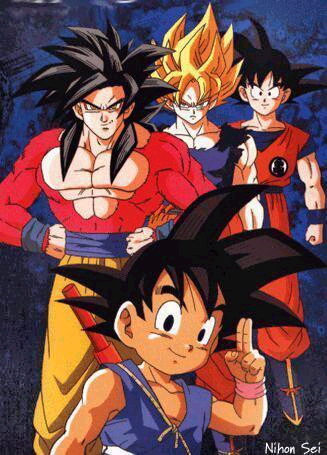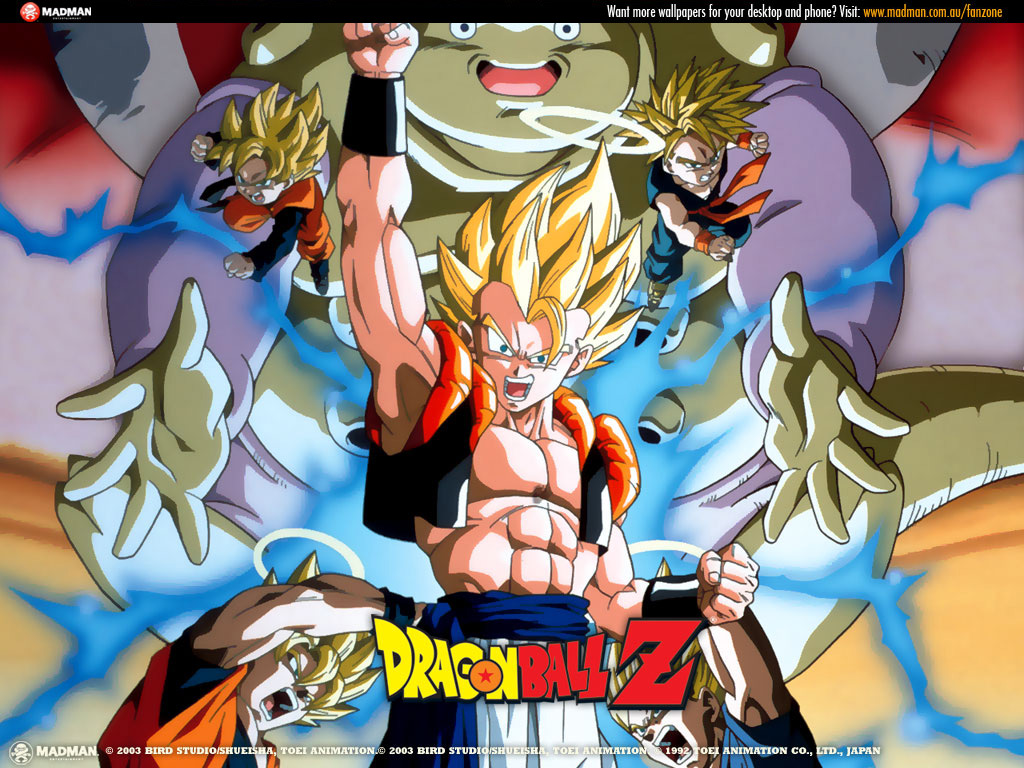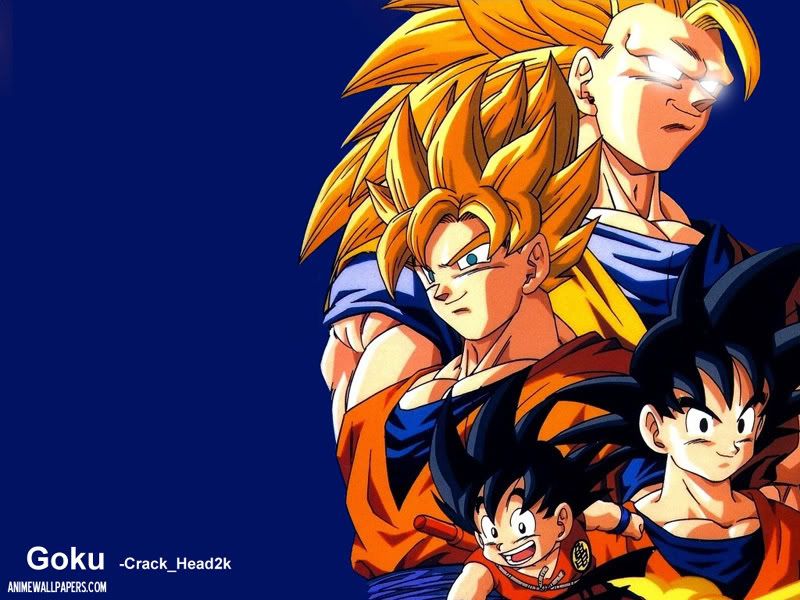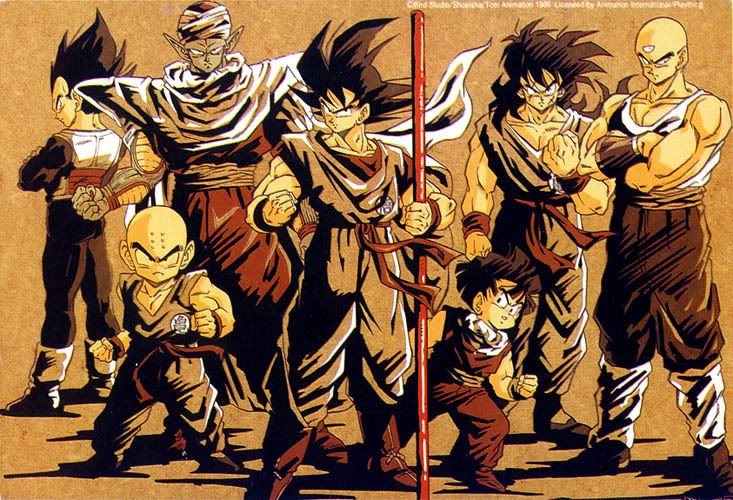Goten (孫 悟天, Son Goten?) is the second and final child of Son Goku, the series' protagonist. First introduced in the 230 chapter of the manga, Goten is similar in appearance to his father, with the same hair style as his father and similar clothing. In chapter 324, Toriyama changes his appearance to avoid confusion with Goku to include a shirt bearing his name, and a longer, shaggier hairstyle. Goten is trained by his older brother Son Gohan in preparation for the 25th World Martial Arts Tournament, which their father would be attending. During the training, Gohan discovered Goten could become a Super Saiyan. He also possesses the Kamehameha, a technique that concentrates chi energy and is released into a powerful beam.
 In order to save the world from the villain Majin Buu, Goku and Piccolo teach Goten and Trunks the "Fusion" technique, which allows them to transform into a single powerful warrior, Gotenks. Gotenks battles Buu multiple times but even when he transforms into a Super Saiyan 3 he is unable to defeat Buu. Buu temporarily absorbs Gotenks, increasing his own power, but Vegeta and Goku are able to retrieve them from Buu. When Buu destroys the Earth in the 312 chapter, Goten and Trunks are killed. Goten is later brought back to life along with the rest of the Earth via the Dragon Balls in order to give energy to Goku's Super Spirit Bomb attack, which defeats Buu. Goten then returns to a normal life on Earth. In Dragon Ball GT, Goten participates in battles against other fictional supervillains such as the space parasite Baby, the android Super 17 and the evil dragon, Omega Shenron.
In order to save the world from the villain Majin Buu, Goku and Piccolo teach Goten and Trunks the "Fusion" technique, which allows them to transform into a single powerful warrior, Gotenks. Gotenks battles Buu multiple times but even when he transforms into a Super Saiyan 3 he is unable to defeat Buu. Buu temporarily absorbs Gotenks, increasing his own power, but Vegeta and Goku are able to retrieve them from Buu. When Buu destroys the Earth in the 312 chapter, Goten and Trunks are killed. Goten is later brought back to life along with the rest of the Earth via the Dragon Balls in order to give energy to Goku's Super Spirit Bomb attack, which defeats Buu. Goten then returns to a normal life on Earth. In Dragon Ball GT, Goten participates in battles against other fictional supervillains such as the space parasite Baby, the android Super 17 and the evil dragon, Omega Shenron.
Dragonball Character

Dragonball Character
Dragonball Character






 Dragonball Goku
Dragonball Goku Dragonball Episode
Dragonball Episode Dragonball Episode
Dragonball Episode



 Dragonball Episode
Dragonball Episode




































